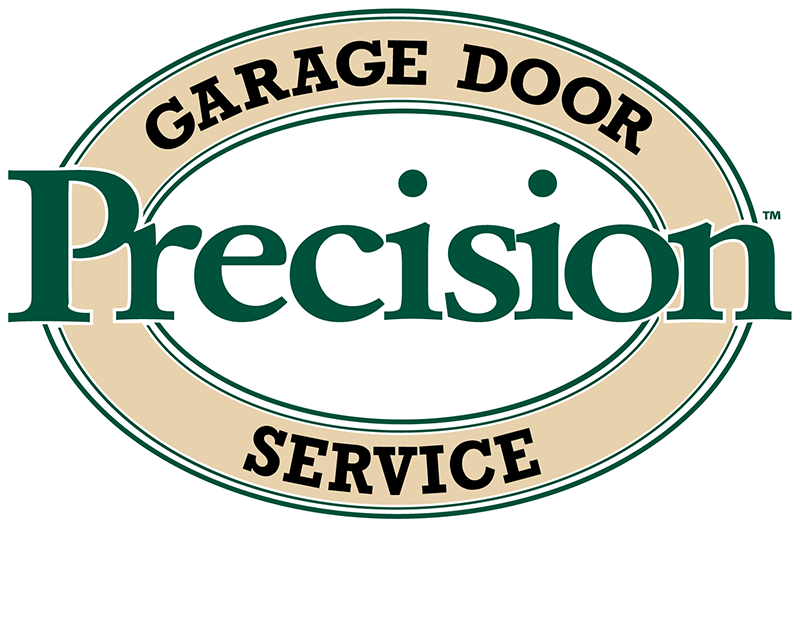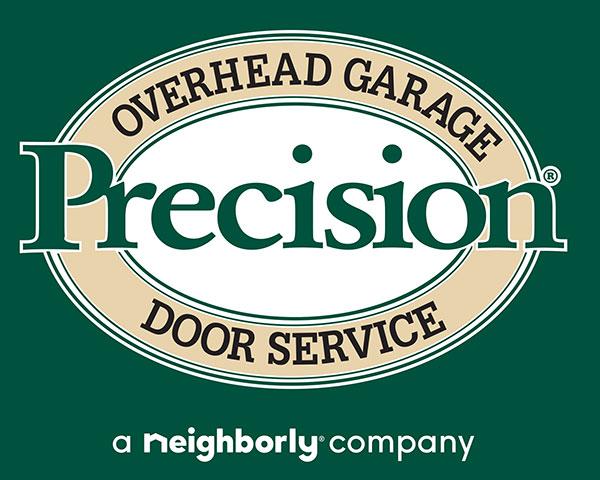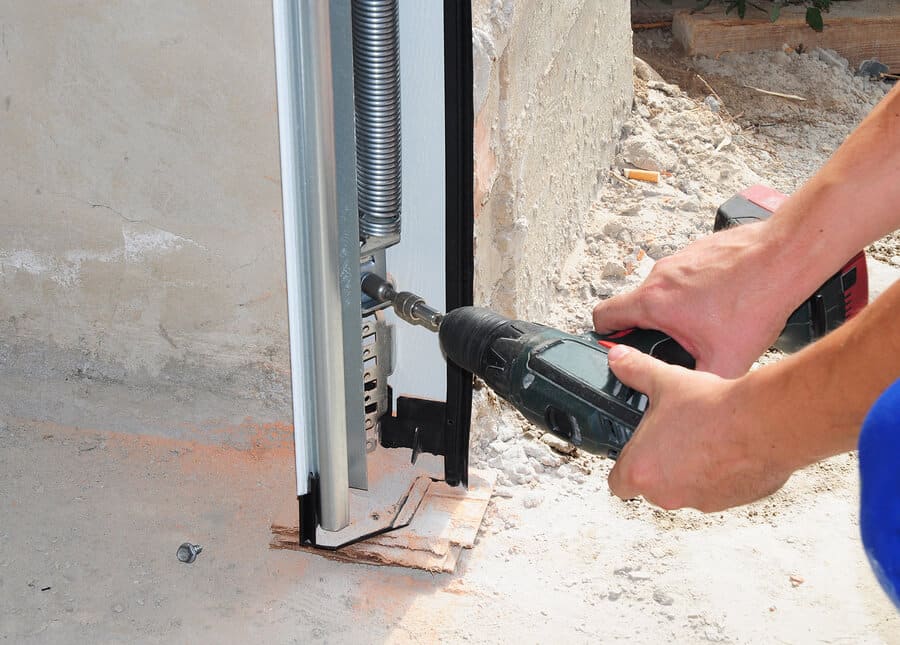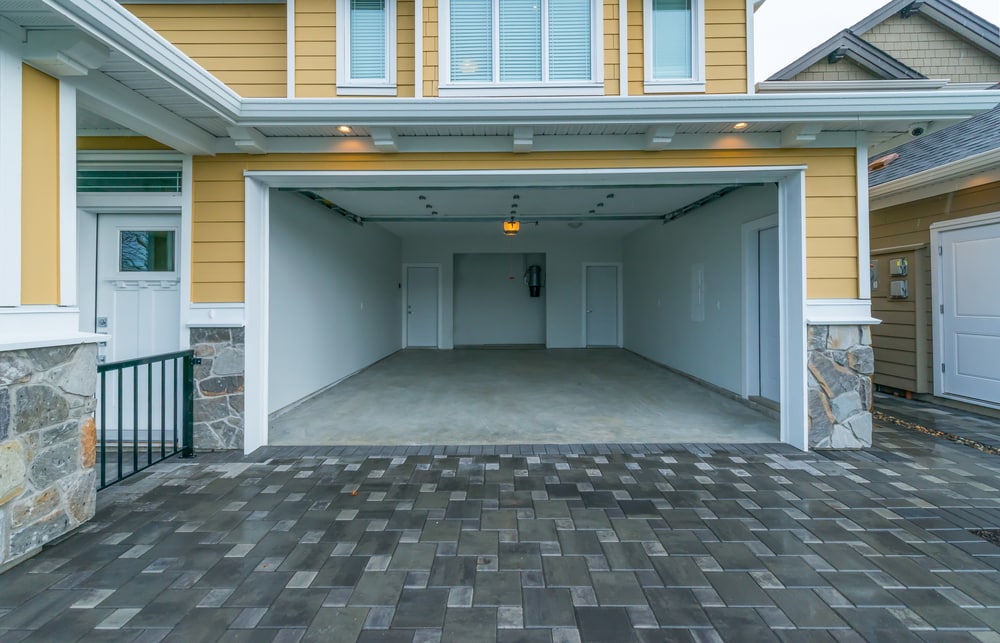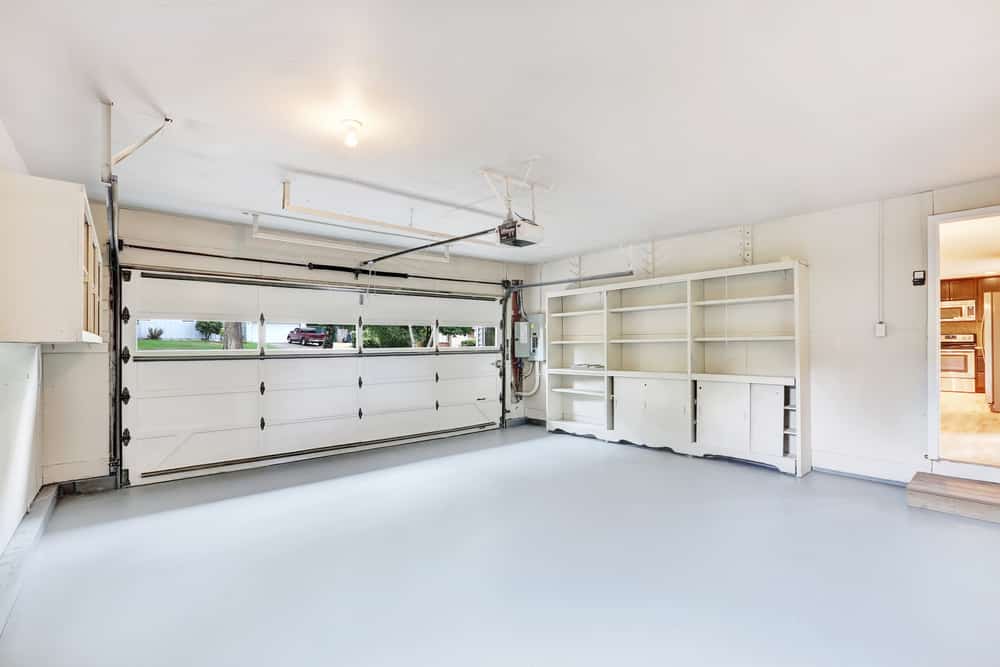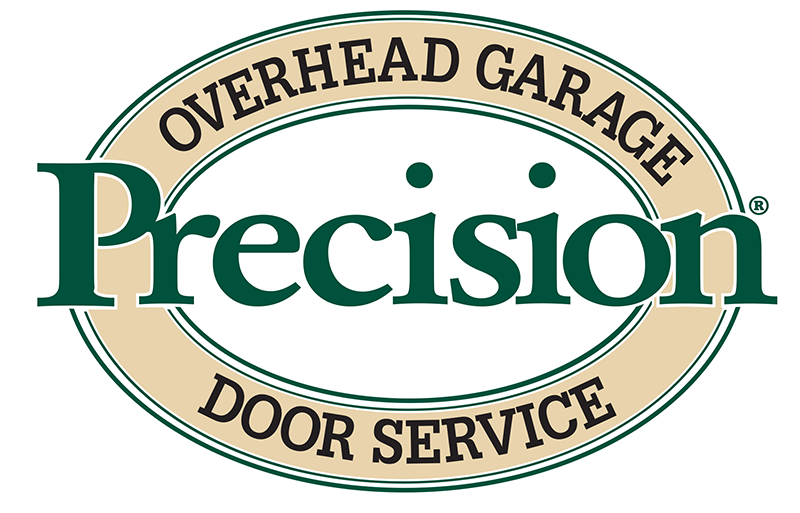
Garage door springs can be extremely dangerous if they fail. Parts of a broken spring can fly off at high speeds, causing property damage and major injuries. People have even been killed by these springs. Since they support the garage door and hold it up against gravity, damaged springs can cause the door to fall, potentially causing injury or irreparable damage. It is therefore extremely important to realize when to replace garage door springs.
What Types of Garage Door Springs Do You Have?
The first step is to know what kinds of springs are installed. Torsion springs are tightly wound metal coils that generate torque, which is used to lift the garage door while it is being opened. Standard garage door torsion springs are mounted above the garage door opening; each spring is supported by a metal shaft that runs through its middle. One or two springs may be installed, depending on the weight of the door.
Steel rolling door torsion springs, which support rolling garage doors, consist of multiple springs. These are placed within a torsion barrel. Other types include an early set torsion spring, which is placed directly in the center of the torsion shaft, and a torque master torsion spring (a two-spring system contained within a shaft).
Extension springs differ in that they are used along with safety cables, and may be mounted above or on the sides of the garage door track. They are quite volatile when broken, even more so than torsion springs. Each spring expands and contracts when the door closes and opens. Extension springs are affordable and are available with clipped ends, open-looped springs, and double-looped springs.
Signs You Need Torsion Springs
Torsion springs can be tested by disengaging the automatic garage door opener and raising the door by hand. It should stay up without a problem. If the door moves or you need to hold it up, the torsion springs may need to be replaced. You can also move the door up mid-way. It should remain in place, but if it feels heavy, the springs may be failing; if the door is too light, the springs may be improperly sized.
Signs You Need Extension Springs
Although they rarely break, extension springs are just as prone to failure. Their configuration enables you to visually look for gaps in the spring coils. If there is a gap, the steel has given out. The spring will be unable to produce the tension needed for the garage door to function normally and safely.
If an extension spring has failed, the garage door may be uneven. Its left and right sides will not be properly aligned, indicating one of the springs has failed. Also, look for signs of wear and tear on the springs. They may appear rusted or damaged, or the clips and loops may be broken. If so, replace the garage door extension spring as soon as possible.
Where to Get Professional Garage Door Spring Repair
Both torsion and extension types of garage door springs last about 7-9 years, although they may wear out sooner. That’s why it is important to check the springs often. At Precision Door Service of Fresno, we offer an annual 5-Star Maintenance Program that includes a visual inspection of springs and all garage door components. Our program also includes lubrication to reduce wear on parts and a door balance test. Experienced technicians can determine when to replace garage door springs before they fail, so call us at 559-212-3305 today to schedule a visit.
